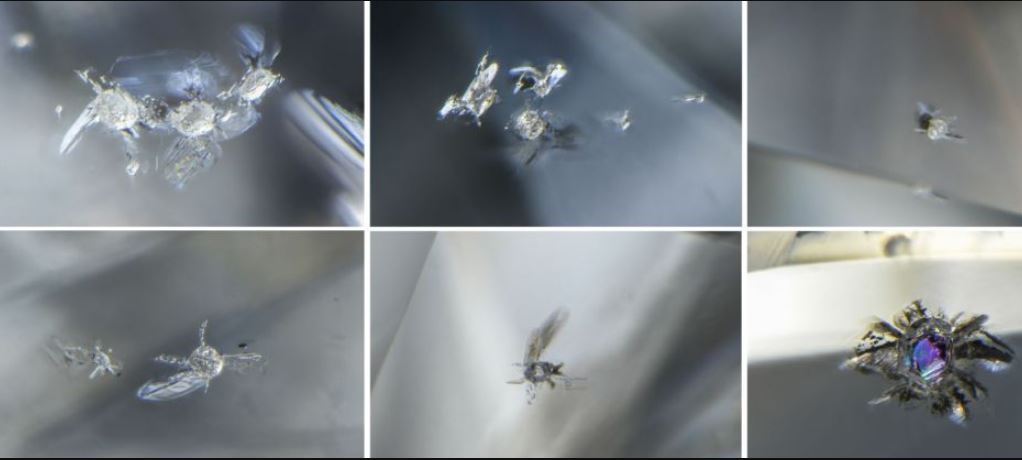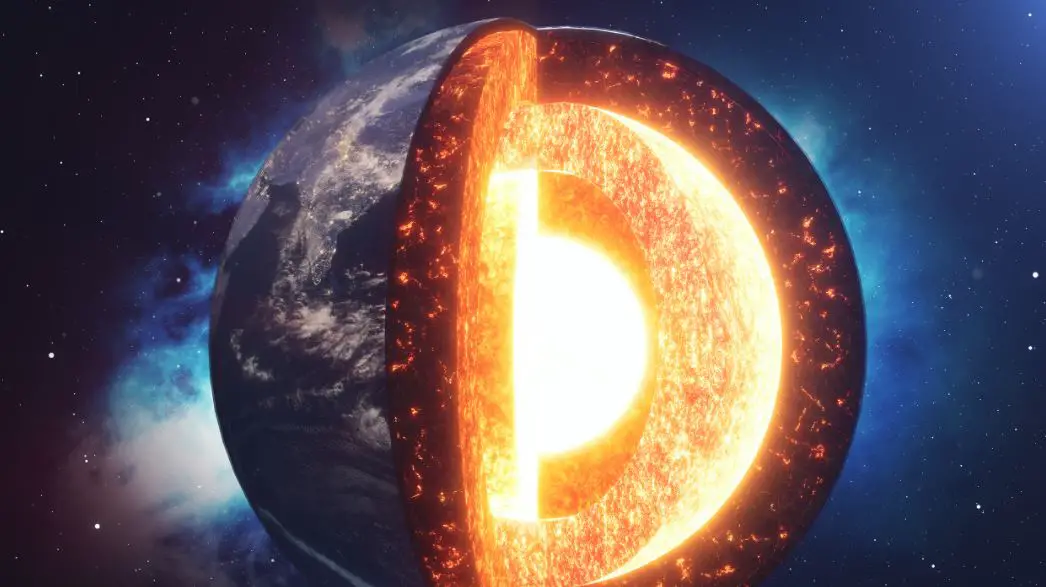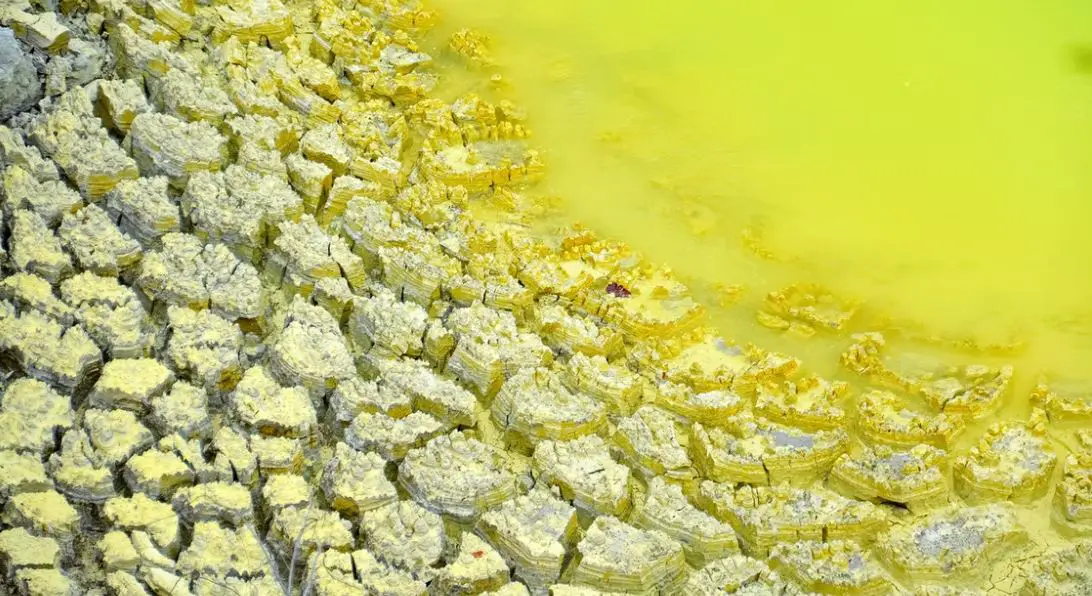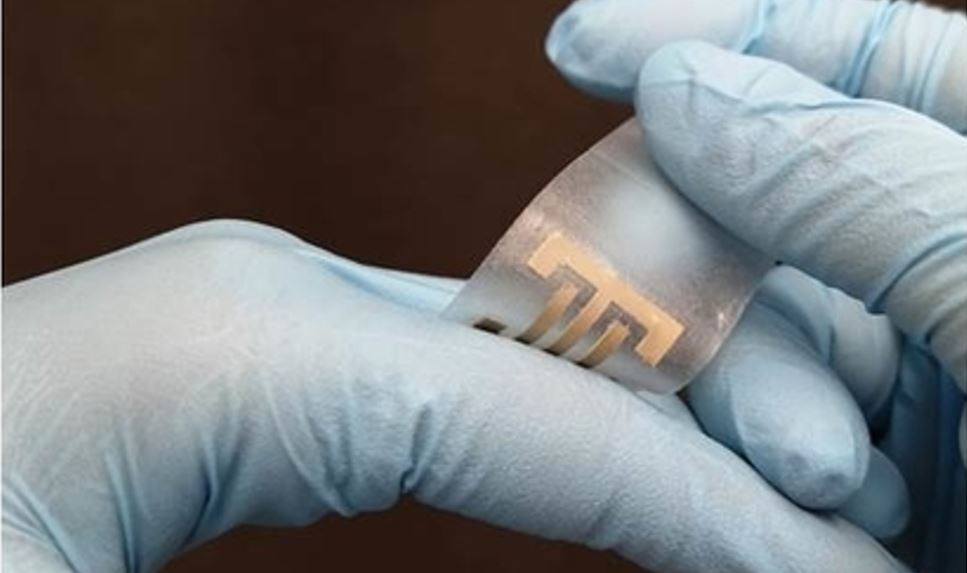The deepest known trench on Earth is about 11 kilometers below sea level, however analysis of a diamond coming from the Earth’s ultradeep areas shows that the mantle demarcation line is located 660 kilometers below the surface: the transition zone, which is also an environment rich in water.
The earth’s crust is run-in and collided with each other by the ruptured plate tectonics, and the edge of the plate forms a subduction zone, from which seawater penetrates deeper into the earth and extends to the lower mantle. Over time, this water returns to the surface through volcanic activity, a process different from the water cycle that is active on the surface.
Understanding this deep-water cycle and how much water is contained deep within the Earth can help to further explore Earth’s geological activities, such as the role of deep water in earthquakes.
Although humans cannot dive to the depths of the earth, minerals rising from the ground can tell us some hidden secrets beneath us.
According to a new paper published in the journal Nature Geoscience, scientists have discovered that water may be present in deeper locations than thought, affecting our understanding of the deep water cycle and plate tectonics.
Ringwoodite Rare Diamond
Purdue University physicist Tingting Gu’s team used a Raman microscope to study an IaB-type diamond to reveal some of the material’s physical properties.
The internal structure of the diamond was observed by X-ray diffraction, and minerals containing spinel olivine (ringwoodite), periclase, and enstatite were found.

Minerals such as enstatite, periclase, and bridgmanite can only form in the lower mantle under extremely high pressure, the researchers said.
Ringwoodite, a high-pressure phase of magnesium silicate, can only form at incredibly high pressures. It is not normally found in Earth’s crust, but this rare material sometimes seen trapped in meteorites that underwent major cosmic trauma. In Earth’s mantle, ringwoodite exists at the pressures present down to 660 km.
Spinel olivine usually exists in the transition zone between the upper mantle and the lower mantle (410-660 kilometers below the surface), and its water content is more than that of bridgemanite and periclase.
This finding suggests that the transition zone is a “wet” environment, with a lot of water locked in minerals there.
If these minerals from the transition zone preserve water, the amount of water stored deep in the Earth may actually exceed the amount of water on the Earth’s surface.
The next step for the researchers is to figure out how deep the seawater can travel from the subduction zone to seep into the ground, or if water has been around deep in the mantle since the Earth formed.




